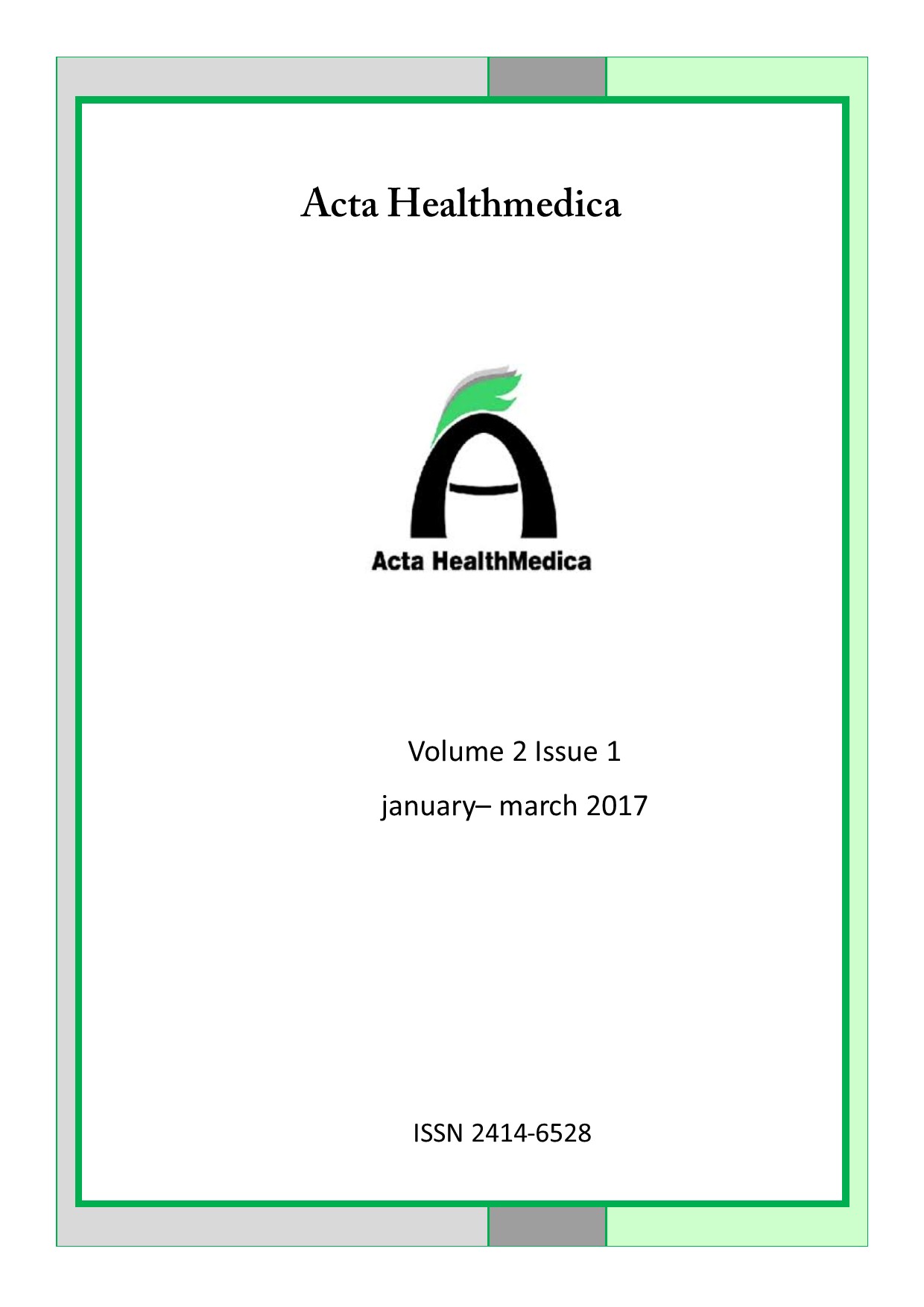USABILITY EVALUATION OF ADMISSION INFORMATION SYSTEMS IN MASHHAD UNIVERSITY OF MEDICAL SCIENCES HOSPITALS: A HEURISTIC EVALUATION
Keywords:
Heuristic evaluation, Usability, Admission, Hospital information systemAbstract
Abstract
Introduction: The admission department is one of the most important hospital departments, where patients contact with the hospital at first and begin assessing hospital services. An admission information system is a part of the hospital information system (HIS), but various studies show that there are some problems in the designing of information systems. The aim of study was to evaluate the usability of an admission information system as a component of a hospital information system in Mashhad University of Medical Sciences hospitals (HISMUMS).
Methods: The study (2016) was conducted to evaluate the usability of admission information systems in HISMUMS by a heuristic evaluation method. Three independent evaluators reviewed admission information system accordance to Nielsen’s heuristics for user interface design and determined problem type according to rating rules provided by Tampere units for computer–human interaction (TAUCHI), such as minor problems (problems should be solved, but solving them is not urgent), severe (problems should be solved immediately), improving (if these problems are solved, the system can improve), and technical (capability not designed in system). Results were analyzed with descriptive statistics.
Results: Eighty-two (93%) of 88 problems were identified by three evaluators; six problems (7%) were identified by two evaluators. Based on types of problems, 20 problems were minor, 22 severe, 14 cosmetic, and 32 technical problems. Based on two types of problems, problems were 23 minor, 19 severe, 16 cosmetic, and 37 technical problems. Rate of problems in different areas were visibility of system status 7.51%, match between system and the real world 8.27%, user control and freedom 6.01%, consistency and standards (8.27%,), error prevention (4.5%), recognition rather than recall (9.2%), flexibility and efficiency of use (2.5 %), aesthetic and minimalist design (2.5%), help users recognize, diagnose, and recover from errors (6.1%), help and documentation (4.5%), skills (4.5%). Pleasurable and respectful interaction with the users (3%) and were not observed the problems in the privacy.
Conclusion: Most Mashhad hospitals use HISMUMS. The study showed many problems in admission information system. The other components of HISMUMS should be evaluated by heuristic methods, and their problems will be explored.


